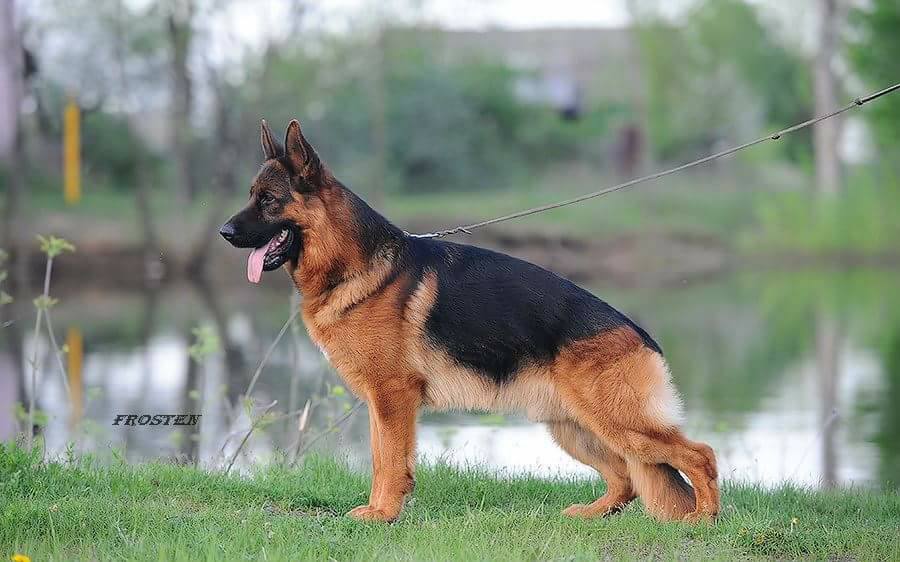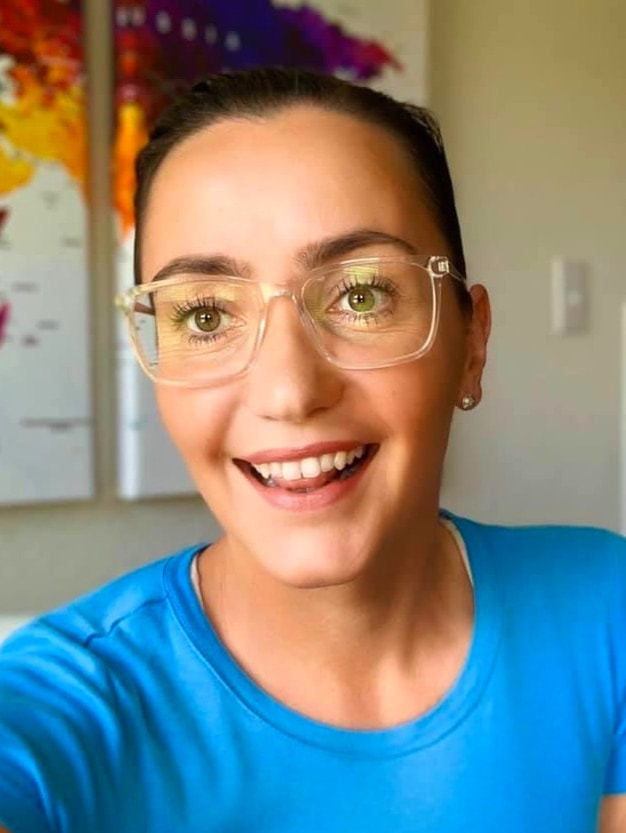IMPORTANT FOR ALL PUPPY OWNERS!Must Read:
IMPACT OF EXERCISE ON PUPPY GROWTH PLACES (FOR ALL RACES) When it comes to puppies, it may be tempting to exercise them to ′′ drain ′′ that limitless energy they have, but it's important to consider the impact exercise can have on their growth plates. When can I take my puppy for a run with me? When can my puppy start competing in agility tasks? When can my puppy follow me on a bike? These are all important questions puppies owners often ask. While there's no doubt about the fact that puppies love to be active and move, even to the point of exhaustion, as with most things in life, something even good, in excess, can have an impact negative, and in this case give rise to problems in the skeletal system during our pup's development. What are growing plates in puppies? Puppy bones are surrounded by layers of soft cartilaginous tissue that is under development and is found toward the end of most long bones. These soft cartilage areas are known as growth plates or more technically epiphisary plates. Scottish surgeon John Hunter studied growth plates in great detail in the late th century. Studies on growing chickens revealed that bones don't develop from the inside out, but that bones grow right where growth plates are located. John Hunter's studies gave him the nickname ′′ father of the growth plate ′′ and his contributions have surely helped both humans and animals. As you can imagine, since plates are made of soft and developing cartilage, they are vulnerable and can be quite prone to injury. Damage to puppy growth plates When it comes to the skeletal development of puppies, it's important that the bones experience uniform growth-basically synchronized growth that occurs evenly and at the same speed. If a growth plate injury occurs, the growth of damaged cells may decline and stop, which means there may no longer be growth in that area. When the growth of the affected side is delayed or stopped, the healthy side can continue to grow and that irregularity can lead to potential deformity. For example, when the injured ulna growth plaque stops growing, the radio bone will continue to grow and will lead to a bone that is slightly longer than the other causing inclined legs, explains veterinarian Dr. Gary. Puppies are particularly prone to injury during vigorous exercise because they lack coordination and don't have much muscle strength. In addition to excessive and exhausting exercise, injuries can occur in a puppy's growth plates due to a fracture, such as may occur when falling or being sharply struck by something. While these fractures can heal, the bone can grow unequally, which, as we have seen, could lead to bone deformity. If, therefore, you suspect an injury to the puppy's growth plates or if you notice any anomaly, consult your vet immediately. Injury prevention on puppy growth plate Puppies need proper exercise as they grow and develop, but moderation is the key. It is therefore important to be careful especially with high-impact activities, such as repeatedly jumping, catching a Frisbee, raffle obstacles, or jogging on hard surfaces like asphalt. The grass offers a more suitable surface and better traction compared to hard cement or asphalt. Continuous vigorous exercise should be avoided, activities involving sudden changes in direction or very gross games. When do the puppy growth plates close? As the puppy develops, its growth plates are closing as calcium and minerals harden soft areas, but exactly when they close? Since dogs develop at different rates depending on size and breed, there isn't a single rule that fits all. For example, Chihuahua's growth plates will be closed long before puppies of bigger breeds as a Great Danish. Overall most skeleton growth occurs when puppies are between 3 and 6 months old. Afterwards, longitudinal growth decreases, and from 10 to 12 months or to 18 months in large / giant dog breeds, most growth plates have been merged and closed. However, some suggest that the process can last up to 20 months. How can a dog owner know for sure if his dog's growth plates have been closed or not? The best option is to talk to the vet before starting to subject the puppy to any regimen of sport exercise or rigorous training. For more tranquility, keep in mind that with an x-ray it is possible to see whether the bones have fused or not. In an X-ray, the veterinarian will determine whether the growth plate has been transformed into a solid and integral part of the bone, leaving its only trace of existence in the form of an epiphissary line as seen in the above image. Effects of hormones Hormones are known to play a role in a puppy's growth plates and skeleton development. As we've seen growth plates usually close when a dog is between 12 and 20 months old, depending on breed and size. This matches the end of puberty in the dog. Male and female sex hormones are known to play a key role in bone growth plates. Therefore, if a dog is spayed or neutered before puberty, there is a delay in the closure process, which makes affected dogs more likely to develop problems such as hip dysplasia, cross ligaments breakage, or cancer bone. Delaying castration in large breed dogs can help reduce the incidence of these problems. Written by Adrienne Farricelli Fuente: Daily Dog Discoveries Puppy featured: Anna King Of Zion
0 Comments
Your comment will be posted after it is approved.
Leave a Reply. |
from Lucie:It is my pleasure to share with you updates about our dogs and our kennel along with valuable educational tips and best practices. Archives
April 2023
Categories |


 RSS Feed
RSS Feed